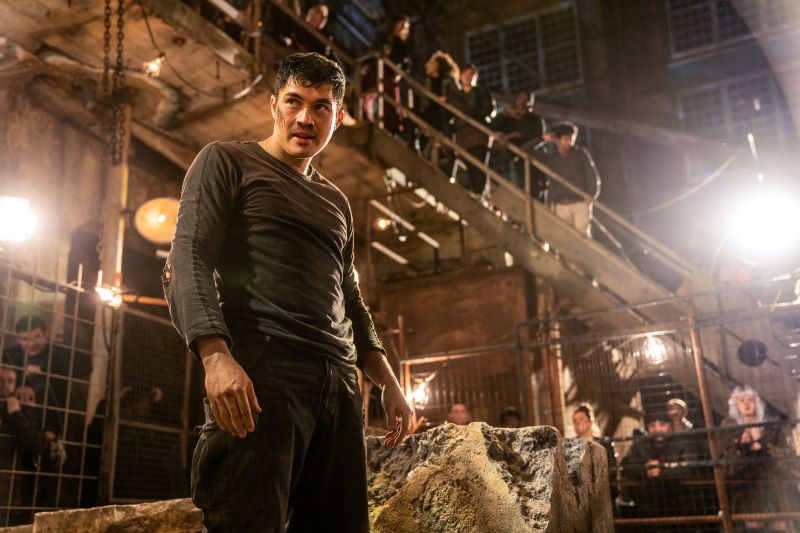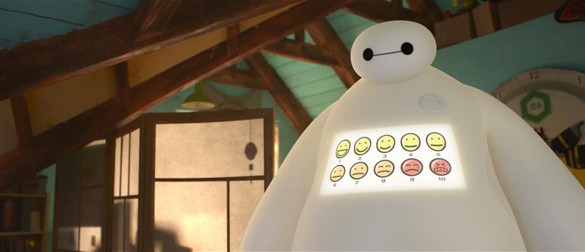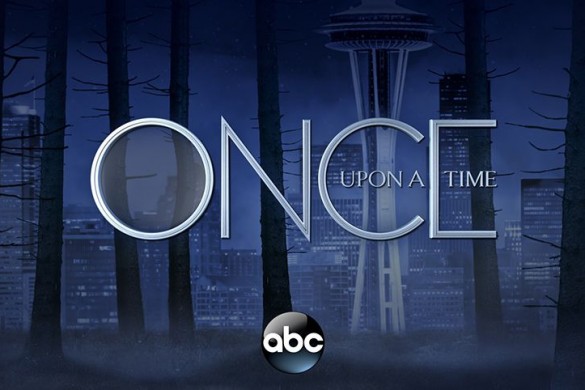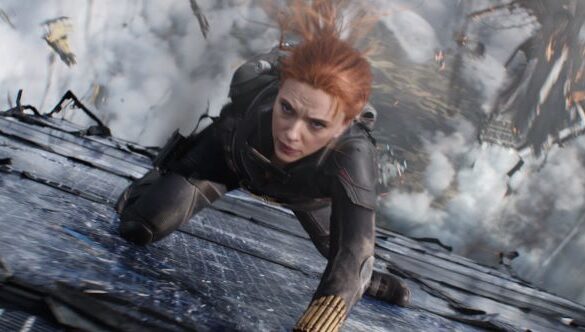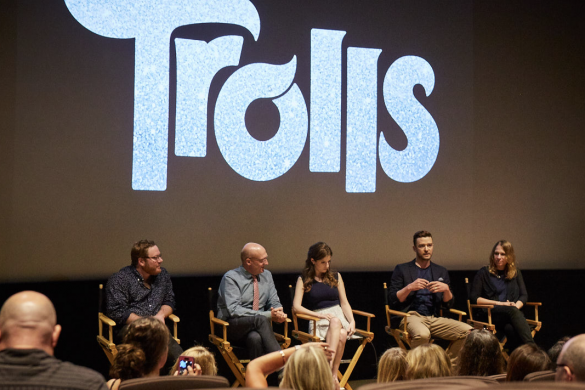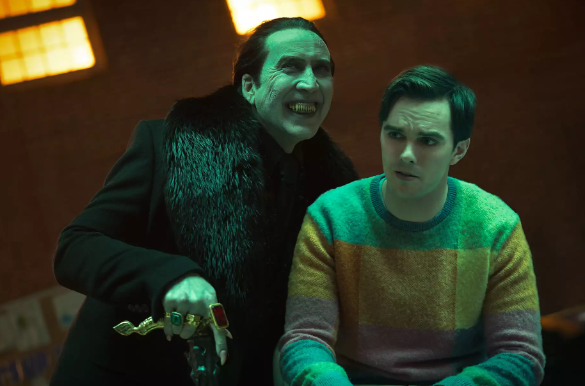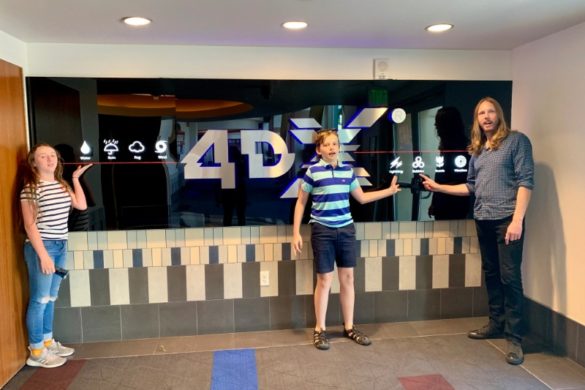If any character stands out above the massive militarized ensemble that is G.I. Joe, it would have to be Snake Eyes. The silent ninja hiding behind a black mask is the living embodiment of a mystery man because much of his history and information about his personal life is unknown. As such, it leaves his origin story open to interpretation. And fans of the long-running Hasbro toy line and character get to see how it all started with “Snake Eyes: G.I. Joe Origins” starring Henry Golding as the titular character. The film explores how the character earned his moniker and dives into the complicated relationship between himself and his brotherly rival Storm Shadow (Andrew Koji). Unfortunately, a rich story with a beautiful cast is overshadowed by poor execution and a lack of creativity for the heavier action sequences.
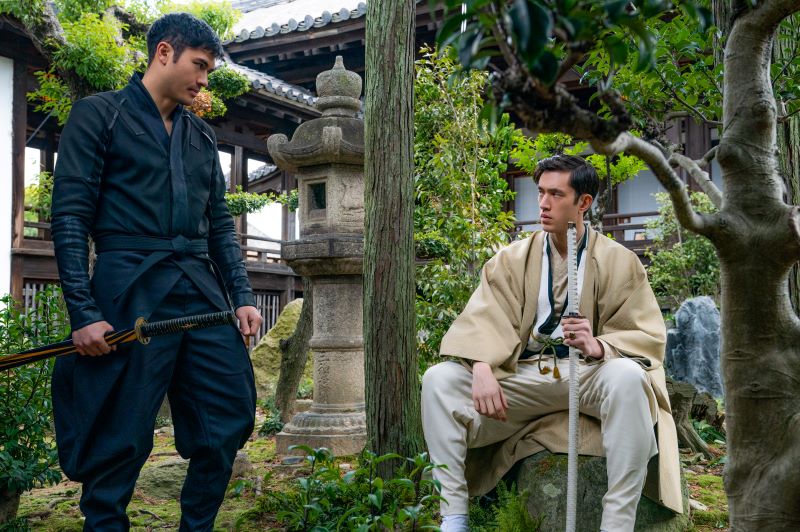
“Snake Eyes: G.I. Joe Origins” opens with the title character enjoying some time with his father (Steven Allerick) in a remote part of the forest. But the two are ambushed in an attack led by Augustine (Samuel Finzi), a hitman working for an emerging terrorist organization known as Cobra. While Snake Eyes successfully escapes in a failed attempt to rescue his father, Augustine gives him the option to live or die based on a roll of a die. Unfortunately, that diecasts snake eyes, and Augustine proceeds to kill him.
From there, Snake Eyes lives as a mysterious lone fighter who moves from place to place to find his father’s killer. As fate would have it, Kenta (Takehiro Hira), a Yakuza member with deep pockets and connections, will give Snake Eyes the location, but only if he works for him. With no other options, Snake Eyes works for the Yakuza as a fisherman hiding contraband and firearms in fish. While he keeps to himself, he is known as the fish man to Tommy (Andrew Koji), another Yakuza member working at the port to make sure things are in line. But when Kenta outs Tommy as a traitor, he hands Snake Eyes a gun and commands him to kill Tommy. The two exchange looks, and Snake Eyes ends up saving Tommy. Of course, this act of defiance leads the two to fight off the dockworkers and gang of Yakuza armed with Japanese swords.
Though the odds were heavily against them, they manage to fight one wave of Kauyza and dockworkers after another. But as Kenta gave the two the slip, they are confronted by another army of thugs who stab their way through the truck they are hiding out in like if it was a magic box. Fortunately, they are rescued by the police, and thanks to Tommy’s connections and belief in the honor code, the two head to Japan.
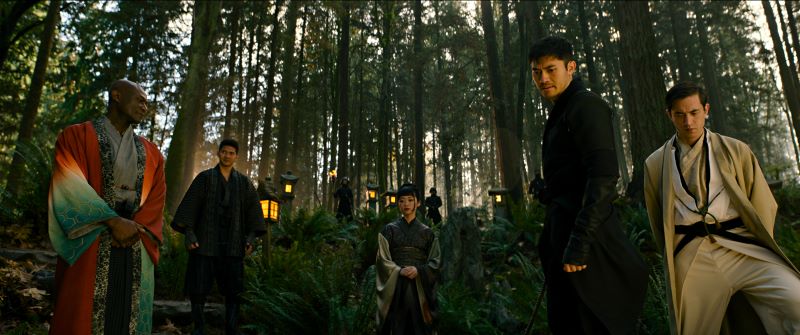
Once there, an ancient Japanese clan called the Arashikage welcomes tenacious loner Snake Eyes after they learned he saved the life of Tommy, their heir apparent. Soon after, they begin teaching him how to be a ninja while also providing him purpose and something he’s longed for, a home. But when the Arashikage unearths Snake Eyes’ secrets, his allegiance and code of honor are tested to the point where he might have to sacrifice everything he holds dear.
As far as film adaptations of Hasbro toylines go, “Snake Eyes: G.I. Joe Origins” focuses on its title character without feeling like it’s setting up for a bigger film. Though we should expect that a G.I. Joe film is coming since it is hinted in the title, and two other characters, Scarlett (Samara Weaving), a G.I. Joe agent, and Baroness (Úrsula Corberó), a Cobra operative, are in it. But with the way that the film is handled, from its convoluted story to clumsy editing and repetitive action sequences, I can’t see anything happening beyond this one film.
If “Snake Eyes: G.I. Joe Origins” was meant to test Snake Eyes’ character, then the film works as we get to see not only his motivations but his progress to becoming the fan-favorite ninja as he is tested on purging his ego and fears. To become a member of the Arashikage means, you have to see through the deception of their tests and understand that not everything is at it seems. That couldn’t be more true, as Golding isn’t a trained fighter like Iko Uwais. During one of their tests, Snake Eyes has to take a cup of water from Hard Master (Uwais) without spilling a drop, while Hard Master has to do the same. And if Snake eyes can’t do it four times, then Hard Master has the right to kill him. So, as you might expect, the film goes through the motions of showing how out-skilled Snake Eyes (and Golding) is when it comes to hand-to-hand combat.
Of course, killing the leading man and title character midway through the film defeats the purpose of a Snake Eyes movie, so it gives Snake Eyes moments of clarity or an Akiko (Haruka Abe) Ex Machina. Akiko is the head of the Arashikage security and often provides advice to the clan. But that doesn’t mean the clan has to accept it. She is the voice of reason and sees Snake Eyes as dangerous even though he saved their heir apparent. But she comes to find out that there is more to Snake Eyes than meets the eye, and she discovers his emotional vulnerabilities through one-on-one fights and fights against Cobra.
Regardless of Snake Eyes’ progression throughout these tests and the gauntlet of fights against Kenta, the story is convoluted and uninteresting. There’s some additional eye-rolling awhen G.I. Joe and Cobra tries to force their way into a film that should be more about Snake Eyes and Storm Shadow. Though the film’s play on questionable allegiances works the first time, its repetitive use of the plot twist makes the entire thing hokey. And this is a film about ninjas who can leap in the air and test their might against people like Hard Master and Blind Master (Peter Mensah).
For one thing, staying with the Arashikage is a means to an end as it is revealed that Snake Eyes is still in league with Kenta, who seeks revenge after being cast out of Clan Arashikage. And if Snake Eyes can help retrieve the powerful Jewel of the Sun from the clan’s stronghold, he will be awarded killing Augustine. As simple as its execution was, this act of betrayal would have worked well for the film had it not leaned so heavily into it by inserting more of the plot twists. And as confusing as it may be to keep up who is loyal to who, one can’t help but be bored by how redundant these double-crosses are. All of that just hurts Snake Eyes’ character development as it becomes increasingly difficult to believe he can be a man of honor when he constantly turns his back on the very thing he’s been missing all his life.
Luckily, there is more to the film than just a couple of dull plot twists. “Snake Eyes: G.I. Joe Origins” is more than just a film about the iconic G.I. Joe ninja, it uses the tools it is given to put forth an engaging story about brotherhood. Golding and Koji play off each other very well to a point where you can see the bond that they share through the various fight scenes they are in. It also subverts the tropes of the traditional hero and villain film by giving audiences and fans a better understanding of the relationship between the two. Peeling back these layers reveals agendas, motivations, and secrets that would lead these respective characters to chart their paths to the world of G.I. Joe and Cobra.
What’s even more encouraging is to see that story of brotherhood in a film with a predominately Asian cast. Once again, representation matters, and to be able to see oneself in these characters and have a resonating story carries a lot of weight. We are only getting to see more and more films where the young audience can feel a sense of empowerment and feel seen. That couldn’t be more true for those who didn’t have movies like this growing up. So to see that kind of story and representation through this lens, and with a ninja element, makes it more fun to watch.
However, said action sequences have a few issues. Namely, it’s the repetitiveness of having a gang of Kayuza charge at the two. While the dynamic duo fights when the odds are clearly against them, it becomes rather boring and dull as it is more a fight of numbers than something that poses as a significant threat to them. Even when the environment or circumstances are changed, it hardly feels like there is something at stake because the two overpower their opponents with ease.
What’s even more problematic is how the action sequences are visualized on screen. For one thing, the close-up and chopping editing for Snake Eyes’ fights reveal Goldings’ inexperience or lack of preparation. Contrast that two Koji and Uwais’ scenes, which are longer and shot at wider angles to show off their skills as martial artists. That being said, “Snake Eyes: G.I. Joe Origins” taps into the world of ninjas in a way that the previous G.I. Joe films failed to do.
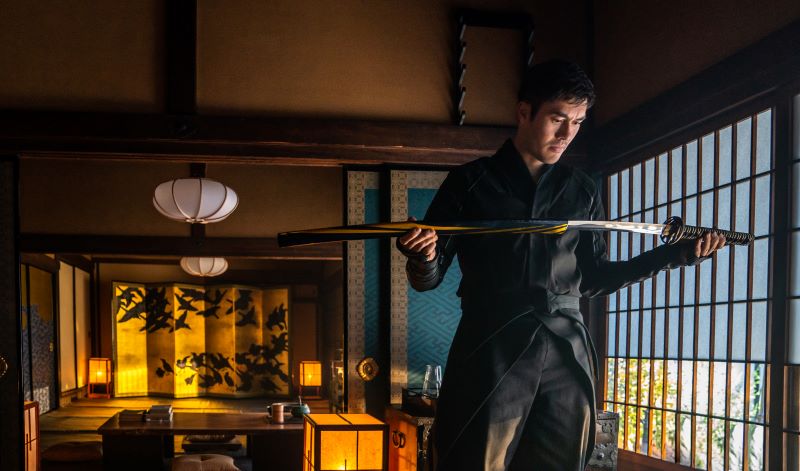
There is a entertaining film about ninjas somewhere in “Snake Eyes: G.I. Joe Origins.” Whether that is in the tests that Snake Eyes faces or his brotherly relationship with Tommy, it is something that reminds us that there should be more to a ninja-based film than shadow garbs, martial arts, and swords. There’s also the code they abide by and a sense of brotherhood. So to see that with a predominately Asian cast is a sight to behold and empowers those who haven’t feel seen in major studio films. But even with a film like this doing all of those things for the greater good, it gets lost in the shadow of a lack of creativity and repetitiveness when it comes to action sequences and storytelling.
5.5/10

